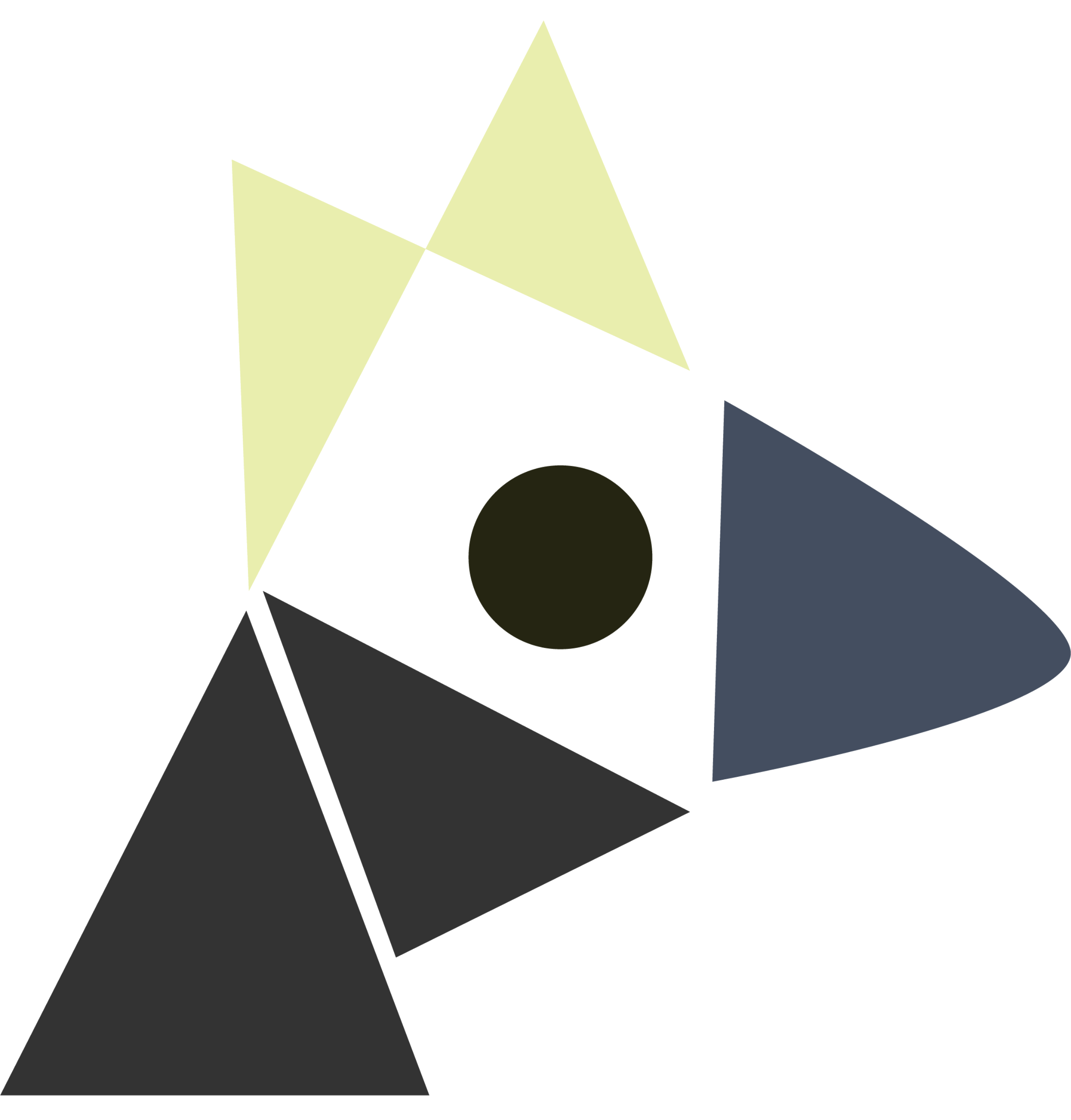quotient map
Last edited: August 8, 2025The quotient map \(\pi\) is the Linear Map \(V \to V / U\) such that:
\begin{equation} \pi(v) = v+U \end{equation}
for \(v \in V\).
I.e.: the quotient map is affine subsetification map given a vector.
quotient operator
Last edited: August 8, 2025Suppose \(T \in \mathcal{L}(V)\), and \(U \subset V\), an invariant subspace under \(T\). Then:
\begin{equation} (T / U)(v+U) = Tv+U, \forall v \in V \end{equation}
where \(T / U \in \mathcal{L}(V / U)\)
“if you can operator on \(V\), you can operator on \(V / U\) in the same way.” Yes I just verbed operator.
quotient operator is well-defined
Why is this not possible for any subspace of \(V\)? This is because we need \(T\) to preserve the exact structure of the subspace we are quotienting out by; otherwise our affine subset maybe squished to various unexpected places. The technical way to show that this is well-defined leverages the property of two affine subsets being equal:
quotient space
Last edited: August 8, 2025A quotient space is the set of all affine subsets of \(V\) parallel to some subspace \(U\). This should be reminiscent of quotient groups.
constituents
- vector space \(V\)
- a subspace \(U \subset V\)
requirements
\begin{equation} V / U = \{v+U : v \in V \} \end{equation}
additional information
operations on quotient space
Addition and scalar multiplication on the quotient space is defined in the expected way:
given \((v+U), (w+U) \in V / U\), and \(\lambda \in \mathbb{F}\):
\begin{equation} \begin{cases} (v+U) + (w+U) = ((v+w)+U) \\ \lambda (v+U) = ((\lambda v)+U) \end{cases} \end{equation}
R@N Abstract
Last edited: August 8, 2025Most high-school science programs have a strong focus on scientific theory and do not train students to conduct independent research. Previous work has demonstrated the efficacy of a mentor-supported, student-driven teaching program to effectively introduce research-specific skills in a classroom context. Despite the effectiveness of such programs, their class-based formats and requirements for multiple full-time faculty mentors limit their throughput, and the finite expertise of full-time mentors requires participants to focus on specific research subjects.
